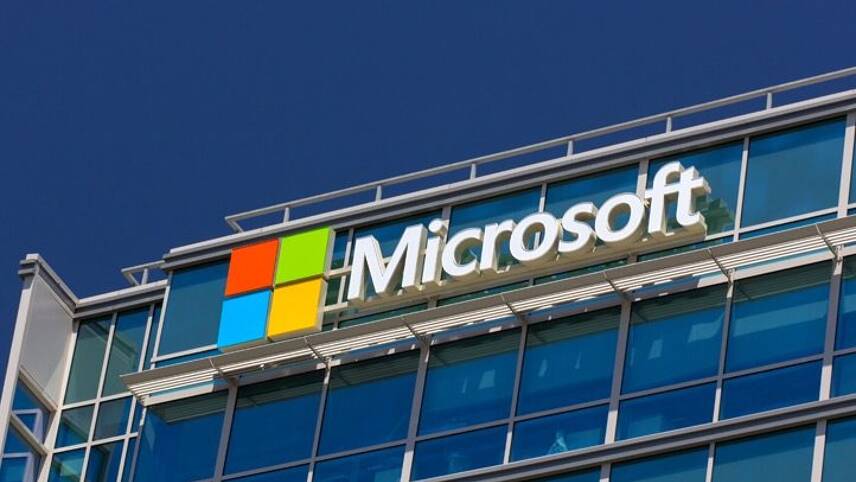Register for free and continue reading
Join our growing army of changemakers and get unlimited access to our premium content

Water scarcity now affects more than 40% of the global population
Microsoft’s new commitment will aim to address water availability, access and quality in the locations where it operates. By 2030, Microsoft will aim to replenish more water than it uses across water-stressed basins.
Around 40 highly stressed water basins located near Microsoft operations will be prioritised, while replenishment strategies will be rolled out across its new data centre region in Arizona alongside locations including Silicon Valley, Israel, Hyderabad, and Puget Sound.
The tech giant will also work with AI for Earth grantees to collect water data to better management replenishment strategies. A $10m Climate Innovation Fund investment in the Emerald Technology Ventures’ Global Water Impact Fund will also be issued by Microsoft.
In addition, the company will partner with water.org to ensure more than 1.5 million people have access to clean drinking water. Microsoft will also join the Water Resilience Coalition from the United Nations Global Compact CEO Water Mandate to address water issues around the planet.
“Over the past year we have committed Microsoft to becoming a carbon negative, zero waste company that is building a new planetary computing platform to transform the way we monitor, model, and ultimately manage Earth’s natural systems. Our pledge today to become water positive by 2030 adds a fourth pillar to this work. And as in our other areas, we’re committed not only to setting ambitious goals for ourselves but using technology to better help our customers to do the same,” Microsoft’s president Brad Smith said in a blog post.
“By 2030 we will be water positive, meaning we will replenish more water than we use. We’ll do this by putting back more water in stressed basins than our global water consumption across all basins. The amount returned will be determined by how much water we use and how stressed the basin is.”
Microsoft’s climate plans are equally ambitious as the new water commitments. Earlier this year, Microsoft unveiled a bold new plan to reduce its carbon impact to below net-zero by 2030, with an additional goal of removing carbon from the atmosphere that the company has emitted since it was founded in 1975.
Microsoft will reduce its emission by more than 50% across its entire business and supply chain by 2030 while investing to remove more carbon than it emits annually. Microsoft claims that this results in a carbon-negative impact as a business.
In addition to carbon, Microsoft has committed to being net-zero waste by 2030.
Water scarcity now affects more than 40% of the global population, a figure that is projected to increase as climate change brings about increased cases of drought and desertification.
Recent research from The Institute for Economics and Peace’s the first Ecological Threat Register (ETR) warns that by 2040, 5.4 billion people – more than half of the world’s projected population – will live in countries experiencing high or extreme water stress. These notably include India and China.
Water scarcity has been a driver of conflict. In the past 10 years, recorded levels of conflict linked to water access increased by 270% globally. As such, water scarcity could drive more people out of their nations.
However, progress is being made. More than 2.6 billion people have gained improved access to safe drinking water sources since 1990 and SDG 6 “Clean Water and Sanitation” aims to ensure availability and sustainable management of water and sanitation for all.
Matt Mace


Please login or Register to leave a comment.